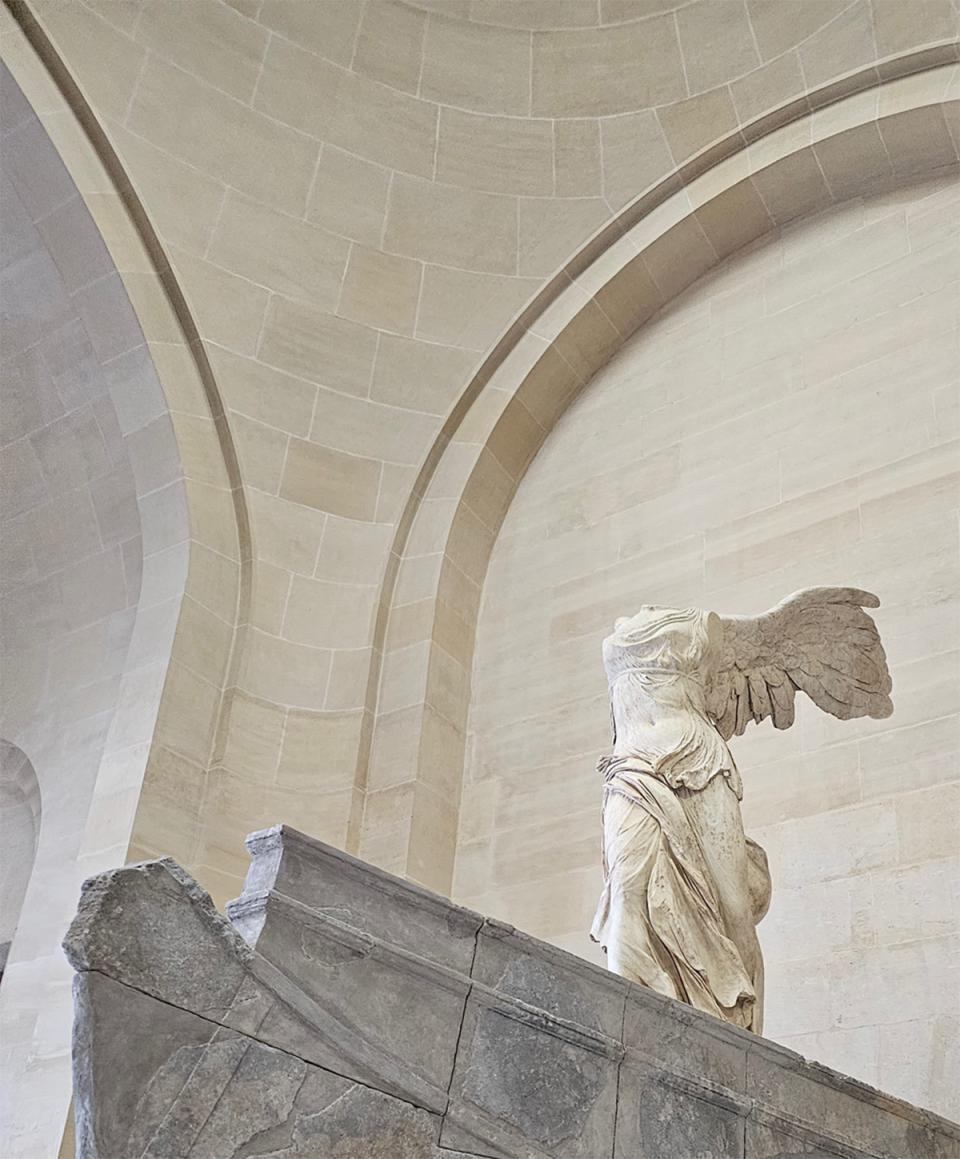France and the Wild West
By Kylie L. McCormick


The more I have explored Wyoming and its history, the more I have found evidence of our connections to France and the early French and French-Canadian explorers.
After all, a large part of Wyoming used to be French territory until the Louisiana Purchase in 1803. You can still see the borders while driving through the Red Desert at the Tri-territory historic site.
The influence of the French can still be felt in place names around the state, from the Tetons to La Prele Creek. Not to mention the early explorers and traders like Captain Bonneville and John Baptiste Richard (or Reshaw as I grew up knowing him in Casper).
Even on a recent tour of the Ivinson Mansion, I came upon an exhibit of a tea set imported from France—importing luxury goods from Europe was a display of wealth and success in early Wyoming.
While researching our state symbols, I came upon another interesting reference to France and the French culture. The written law for the Great Seal of the State of Wyoming describes the woman at the center of our seal as such, “Standing upon the pedestal shall be a draped figure of a woman, modeled after the statue of the ‘Victory of the Louvre,’ from whose wrists shall hang links of a broken chain, and holding in her right hand a staff from the top of which shall float a banner with the words "Equal Rights" thereon, all suggesting the political position of woman in this state.” It made me wonder if any of our legislators in 1893 had visited the Louvre to see the winged figure, dramatically stepping forward with the wind blowing the fabric of her dress. Despite missing her arms and head due to the ravages of time, I was taken aback when I visited the Louvre last fall and saw her standing at the top of a staircase. While admiring the ancient craftsmanship of her original Greek sculptor, the Great Seal came to my mind.
Though, I must admit that it wasn’t until I started visiting France last fall that I realized the feeling is mutual—France loves the “wild west.” Wyoming figures like Calamity Jane and Buffalo Bill are valorized in comic books, cartoon shows and animated feature films. Popular fictional cowboys first created during the post-war golden age of the western like Lucky Luke (1946), Jerry Spring (1954), and Blueberry (1963) are still being featured in comic books today. Lucky Luke went toe-to-toe with famous outlaws like the Daltons and even carried mail on the Pony Express. Just a few years ago in 2020, a French-Danish animated film of Calamity Jane’s childhood won several international awards. The idea of the wild west is so popular that even a small French city the size of Casper, Saint Quentin, chose it as the theme for their summer fair last year.
Seeing French fascination with the idealized west and the legends of our historic figures, has made me appreciate Wyoming and the opportunity to explore our history even more.
Kylie L. McCormick is an assistant editor at WyoHistory.org.
